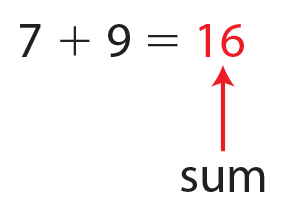In Part 1, students practice estimating the number of objects in a group using a sample or benchmark collection, and by identifying “could be” and “crazy” estimates. In Part 2, students estimate the total cost of two items using computational estimation. Students assess both the reasonableness of their estimates and of their answers by comparing the two.
Content in this Lesson
- Estimating the number of objects in a group [E5].
- Estimating sums using mental math strategies [E6].
- Using estimation to determine the reasonableness of a solution to an addition problem [MPE3].
- Choosing good tools and efficient strategies to estimate quantities and
sums [MPE2]. - Showing work [MPE5].
Daily Practice and Problems A–D
Assessment in this Lesson
| ASSESSMENT | EXPECTATION ASSESSED | MATH PRACTICES EXPECTATION ASSESSED |
|---|---|---|
|
Estimation Strategies Check-In: Questions 4–7 with Feedback Box Student Activity Book Pages 322–324 |
|
|
|
DPP Item A Triangle Flash Cards: Group E Teacher Guide - digital |
|
|
|
DPP Item C Adding Nine Teacher Guide - digital |
|


















